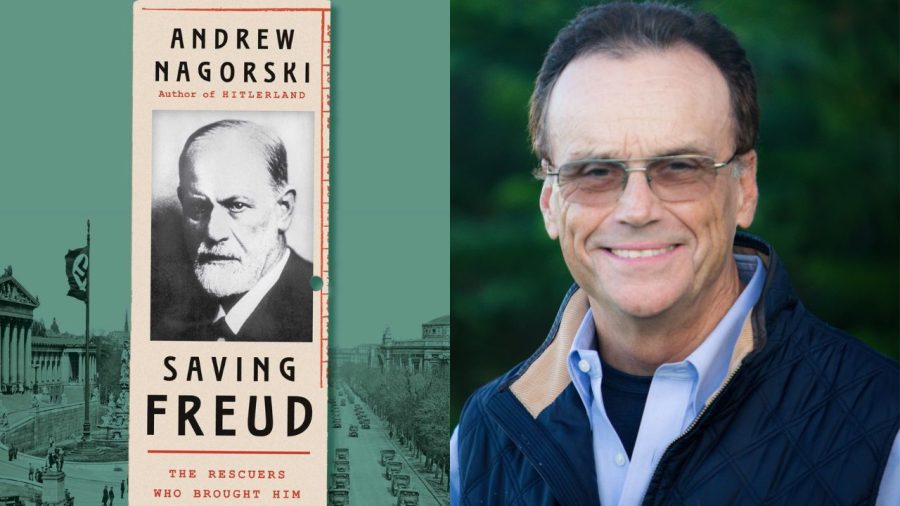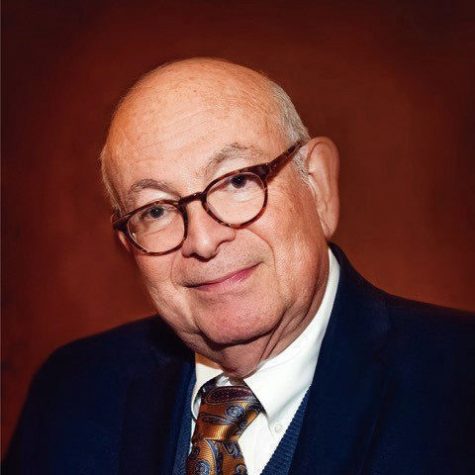‘Saving Freud’ details psychoanalysis founder’s almost fatal reluctance to leave his beloved Vienna
Published October 6, 2022
Sigmund Freud, the founder of psychoanalysis, inspired both adulation and condemnation during his career, both of which are true to this very day, 83 years after his death in London in 1939.
Freud, whose towering intellect inspired admiration from his fellow Germanic-Jew Albert Einstein, was so enamored with his beloved Vienna, that he stubbornly refused to leave even after Adolf Hitler merged Austria into Nazi Germany in the Anschluss in 1938.
In his riveting and richly detailed book, “Saving Freud: The Rescuers Who Brought Him to Freedom,” Andrew Nagorski, a distinguished journalist and author, chronicles the struggle of a small circle of his followers to persuade Freud to escape to London.
ADVERTISEMENT
His reluctance to leave put his very life and those closest to him at risk.
In his opening chapter, “To Die in Freedom,” Nagorski describes how “250,000 people greeted Adolf Hitler when he appeared on the balcony of the Hofburg, Vienna’s imperial palace, to announce the elimination of a separate Austrian state.”
The formal merger of Austria, “the country of his birth,” into the the Third Reich, “was now a reality—and the crowd appeared deliriously happy,” Nagorski writes.
Nagorski describes the obsession over Austria that Hitler and Freud shared, which caused Freud to be “in denial” of the harsh reality of the Gestapo-enforced Nazi brutality against Austrian Jews, which his wife Martha and beloved daughter-disciple Anna Freud clearly saw.
ADVERTISEMENT
Anna Freud worked with close associates and admirers of her father’s to flee Austria while there was a slim chance that he could do so.
Nagorski states that “the center of Freud’s universe was Berggasse 19,” his home and office address,” where he and Martha had raised six children…and it was also where he saw his patients (and) wrote his essays and books.”
Even though Freud was “no stranger to political turmoil and antisemitism,” he was struggling with the cancer that had developed in his jaw as a result of his long addiction to cigar smoking,” and was acutely aware that his allotted time was running out,” caused him “to hope desperately to spend whatever was left in relative peace.”
Freud was among those Jews who naively believed that Vienna, which was home to composers like Gustav Mahler and Arnold Schoenberg, and writers like Stefan Zweig, would not savagely turn on its thriving Jewish community, according to Nagorski.
Vienna was also the city where Freud “transformed himself from an outsider who was often scorned by the medical establishment into the city’s widely acclaimed practitioner of his new science,” says Nagorski. “He was the king of his realm.”
Among the small circle who finally convinced Freud to flee Vienna to London were Ernest Jones, the official Freud biographer; Maria Bonaparte, the great grandniece of Napoleon and a former patient; William C. Bulitt, a U.S. diplomat, also a former patient; and Max Schur, Freud’s personal physician, who delayed his own escape from Vienna until Freud was safely in London.
It was only after Freud’s beloved daughter and caregiver was traumatized by the Gestapo, that Freud accepted his visa to London, where arrived on June 6, 1938. He died there on Sept. 23, 1939, only weeks after Hitler invaded Poland to start World War II in Europe.
“Saving Freud” is a must read for anyone interested in biography and history, Nagorski shows how one of
the brightest minds of modern history could be lulled by wishful thinking and denial of Hitler’s all-out war against his fellow Jews nearly cost him what was left of his life.

















